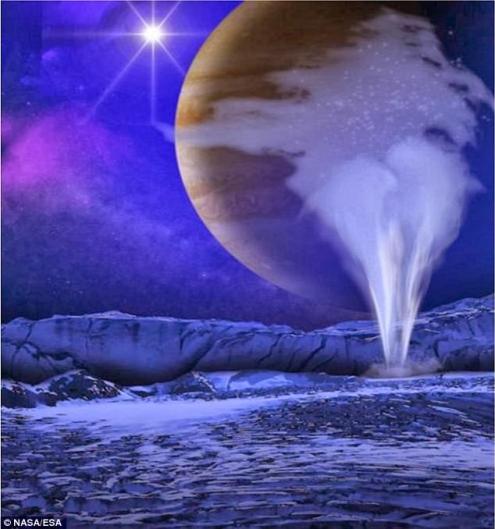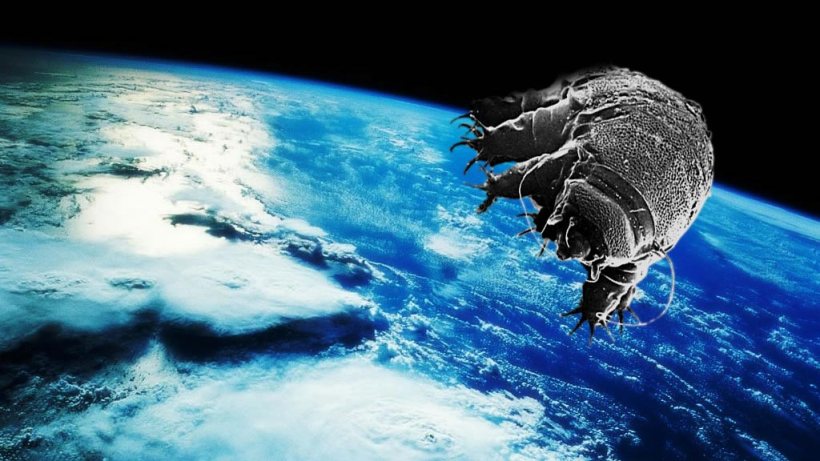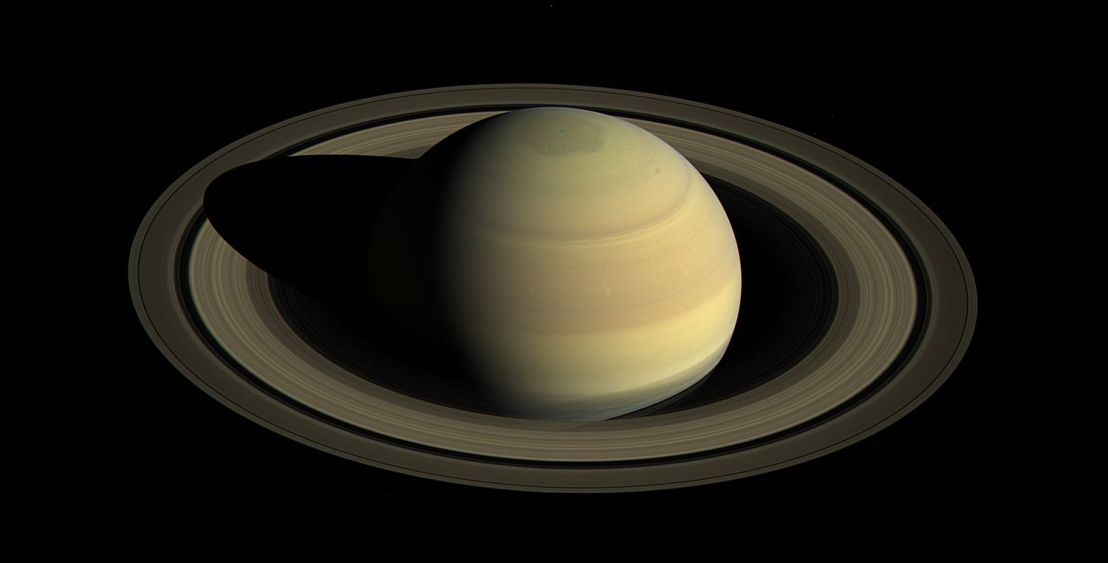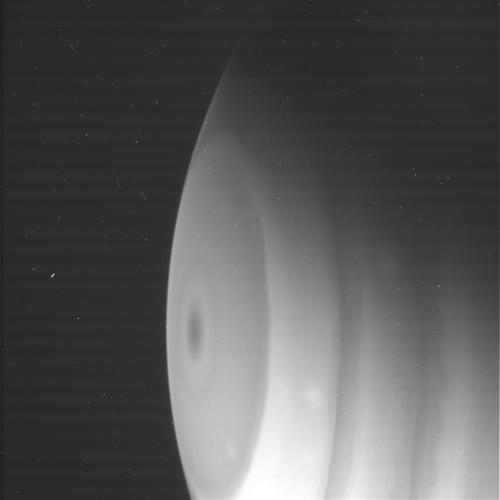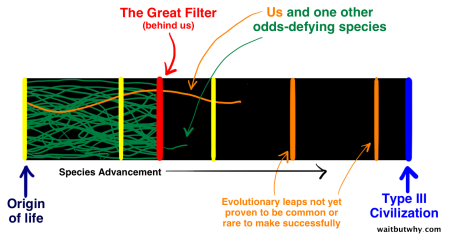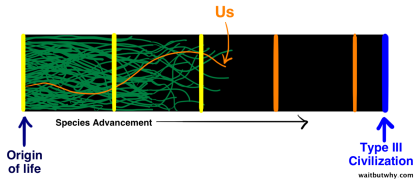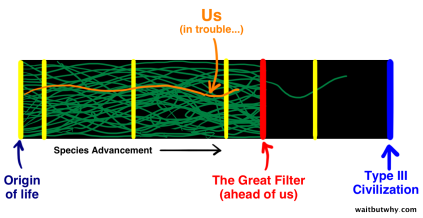Is anybody out there?
There are only two answers to this question: yes, or no. And it’s hard to say which one is scarier.
For as long as we have studied and understood the cosmos, this question has constantly pelted our curious minds. Amidst the dark, cold, corridors of space, on a small ball of rock no more than a speck on a speck of dust in this universe, fated to a permanent journey around the galaxy, lies strange, bipedal creatures of organic material who (it appears) are capable of thinking, acting, and feeling for themselves.
It seems incredible. But are we, humans, really that special?

This picture looks awesome, but is it fiction or reality?
As scientists began to explore the true depths of the universe, it became more and more clear that its true size is of a magnitude difficult to truly comprehend. With the calculation that the universe is a whopping 93 billion light years across and the discovery of hundreds of Earth-like planets just within our tiny, infinitesimal speck (using rather mediocre methods), that question just doesn’t seem like a question anymore. Of course someone else is out there. In our galaxy alone there are billions of Sun-like stars, and even if only 1 in a million has an Earth-like planet revolving around it, that still makes for thousands of potential civilizations without our galaxy alone.
…So where are they?

This is the basis for the Fermi Paradox – an apparent paradox that fails to reconcile the sheer incomprehensible vastness of the universe with the sheer incomprehensible emptiness of it.
The paradox was proposed by Italian physicist Enrico Fermi, who cited that it seemed reasonable that mankind, assuming it survives long enough, would have the technological capability to colonize the galaxy in 10 million years. On the cosmic timescales, that’s almost nothing, and our solar system alone has existed for way, way, way longer than that. And yet, the skies are silent. We aren’t in the middle of a bustling alien trade route. We aren’t partaking in a Rebellion to overthrow an evil Empire. We haven’t even seen evidence of primitive life anywhere near us.
It is immensely difficult to try and disprove this paradox. A common counterargument is that the Fermi Paradox doesn’t use any sort of math or specific calculations to make a conclusion. The truth is, ominously, that it doesn’t matter. Whether theoretical aliens are only found on one in a hundred, thousand, or million planets, or whether they can travel at 50%, 5%, or 0.001% the speed of light – it simply does not matter. Even taking the assumption that life is exceedingly rare and that space travel is painstakingly slow, given the age of the universe it would be impossible for us to have not observed evidence of alien civilization.
So what are the explanations? Well, physicists have come up with several:
- We are alone.
- Maybe we are truly alone in this universe. Maybe there is something exceedingly rare, once-in-a-universe level of rare, about us, or about Earth, that makes it possible to create life.
- We’re not alone, but just lonely.
- Maybe we live in some cold, desolate corner of the universe that nobody particularly wants to visit. Maybe there is some particular reason why aliens don’t want to visit our civilization in particular.
- Nobody else cares about colonization.
- Maybe the idea of colonizing planets is a strictly human thing, which no alien civilization really cares about.
- We can’t detect them.
- Maybe the aliens in question communicate using different methods than what we are familiar with. They could even be communicating using a technique that we puny humans can’t even begin to imagine.
- The universe is truly larger than we think.
- Maybe we’ve underestimated the size of the universe, and traveling the distances between galaxies is much more difficult than we initially imagined.
- It is too difficult for species to survive long enough to explore space.
- Maybe surviving in the raw conditions of the universe is far more treacherous than we initially believed. Humanity has already been on the brink of destruction by its own hands in the past, and scientists have almost guaranteed we could go extinct through natural causes within the next million years.
- A super-predator species is finishing off civilizations before they get too advanced.
- Maybe aliens do exist, but are constantly being killed off by another alien species that eliminates life before it gets too advanced. Could we be next?
Other explanations exist for sure, but for now, we truly have no idea why the Fermi Paradox is as it is. The best we can do is keep looking, and keep believing.






